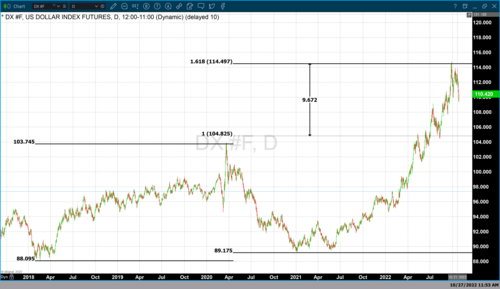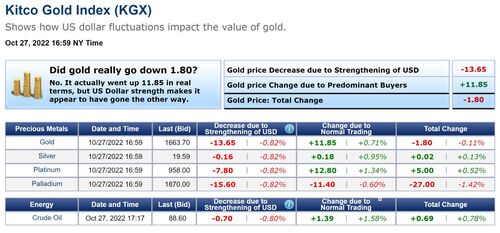Marketing Automation Tool Automation Made Simple

Introduction
Marketing Automation is one of the most important parts of a successful business. It allows you to automate repetitive tasks and free up more time for other things, such as actually doing your job. Sendlane's Marketing Automation tool makes it easy to set up automations, so you can spend less time on boring stuff like sending out bulk emails and more time doing things that matter.
Marketing Automation
Marketing automation is the process of setting up automated marketing processes that can be executed by your team and/or email marketing service provider. The goal of marketing automation is to increase revenue by delivering personalized content and offers to your customers. Here are some common ways marketers use marketing automation:
-
Dynamic content blocks: Automatically update relevant product or service information in order to provide a better customer experience, such as when visitors look at specific blog post, purchase one of your products or make an inquiry into buying it.
-
Lead scoring: Identify which leads have the highest value based on their behaviors (such as visiting your site multiple times). Then assign each lead a score from 1-10 (or other number) based on their behavior, so you know which leads need the most attention from salespeople who are trying to close deals with them.
Automation Made Simple
Marketing automation is a tool that you can use to automate your marketing efforts. It enables you to set up automated processes, so your email campaigns and other communications are sent out without you having to do anything manually.
Although it might sound like a very complicated system, marketing automation is actually quite simple when you break it down into its individual components.
Get more done and have more fun with Sendlane's Marketing Automation tools. Start Emailing!
Our Marketing Automation tools make it easy to grow your business, get more done and have more fun.
If you’re new to marketing automation, or haven't used a tool before, this is the place to start. Sendlane's Marketing Automation tools are easy-to-use, flexible and affordable. Plus our software has powerful features that help you drive traffic and conversions on autopilot!
Automated Workflows
When you're planning your marketing automation strategy, it's important to define the problem before starting on a solution. The problem could be as simple as "I want to send more emails" or "I want to get more people reading my blog."
If you start by making assumptions about the solutions (i.e., I'll do this and that will work), then you'll likely miss out on how people will react when they see your emails or blog posts. You'd be surprised at how often marketers assume their audience wants something because they think they want it themselves! Instead, start by defining the problems at hand so that customers' needs are front-and-center in your mind throughout this process.
Once we've identified our problems, we can go after solutions that solve them–but only if we've set goals for ourselves beforehand! Without goals, it's impossible to measure how much progress we're making toward achieving them; without measuring progress against specific objectives, there's no way for us know whether our solution is working or not–and without having clearly defined objectives up front (which should include what success looks like), then again there's no way for us even begin thinking about solutions until after we know what those objectives actually are–so setting clear goals is key here!
Create a series of actions that are triggered by custom events, like when a subscriber receives an email campaign or clicks a link.
You can also create a series of actions that are triggered by custom events, like when a subscriber receives an email campaign or clicks a link. These automations will run in the background and help you send automated messages and nurture your subscribers until they're ready to buy.
Dynamic Content Blocks
Dynamic content blocks are the sections of your email that can be changed based on the action a subscriber takes. This can be as simple as changing the color of a button (like on our homepage) or more complex, like swapping out text and images inside an email based on data you’ve collected about your subscribers.
Dynamic content blocks allow marketers to create more personalized experiences for their subscribers by creating a more dynamic experience for each recipient. These new and exciting capabilities give marketers unprecedented power over their emails, allowing them to build more engaging campaigns that go beyond simple segmentation strategies like lists and automation rules.
Organize your contacts into lists based on what they've clicked or where they're located and show them dynamic content in your email campaigns.
The next step is to organize your contacts into lists based on what they've clicked or where they're located. You can use dynamic content blocks to show different content for each segment. For example, if you have a list of contacts that are interested in one product and another list that's interested in another product, you can create two different campaigns with the same email template but two different offers (one for each product). Dynamic content blocks will make it easy to add images, videos and other media into your email so that it looks more personalized and will be more likely to get opened than an email with bland text only.
There are many possibilities when using this feature! Here are some examples:
-
Show different landing pages based on the location of a visitor's IP address
-
Show different offers for people who have downloaded certain files from your website
-
Send welcome emails that include personalized information about their experience interacting with previous emails from you
Lead Scoring & Attribution
Lead scoring is a method of prioritizing leads based on how likely they are to convert. Lead scoring is often used in conjunction with marketing automation tools, which allow you to assign different values to different actions taken by your prospects. For example, if someone fills out a contact form but doesn’t purchase anything right away, their lead score could be lower than someone who signs up for an account and makes an immediate purchase because they have already proven themselves more interested in buying from you than the first person.
Lead scoring also helps segment your leads into groups based on their likelihood of converting and can be used to target specific groups with specific messages. For example, if you have two types of products—one that sells on its own and another that requires additional support—you may want to send different messages about those products based on lead scores: low-scoring leads will get information about the self-service product while high-scoring leads get more detailed information about both products.
Segment and prioritize your list based on how engaged your subscribers are and how recently they interact with your emails.
This is a great way to prioritize leads and segment them based on how engaged they are. For example, if you're sending a targeted email campaign, you can segment your list into two groups: those who've opened an email from you in the last week and those who haven't. This allows you to send only relevant information to each group.
It's also important when scoring leads because it helps personalize your emails for each subscriber. For example, if someone hasn't opened any of your emails recently but has interacted with other brands or businesses online, then he or she might be interested in something new from you!
This method can also help build trust between subscribers and marketers—if someone receives an email with valuable content for free then there will likely be an increase in engagement over time (i.e., more opens/clicks) simply because that person already knows what type of content he or she likes from brands like yours!
Give yourself more time to work and relax by using Sendlane's Marketing Automation tools to automate some of the routine tasks you face everyday.
Sendlane’s marketing automation tools are easy to use and can help you save time, so that you can focus on your business. Use the tools to automate routine tasks and get more done.
You can create a series of actions that are triggered by custom events such as a new subscriber or purchase, for example. This means you don’t have to manually create an email campaign every time a new customer signs up or buys from your store—your marketing automation tool will do it for you!
Conclusion
Marketing Automation is a great way to save time and get more done. It can also help you get closer to the goals you want for your business by giving you more control over how your subscribers interact with your emails.
Tim Moseley





.png)
.gif) World Bank sees gold prices falling another 4% in 2023
World Bank sees gold prices falling another 4% in 2023










.png)




.jpg)





